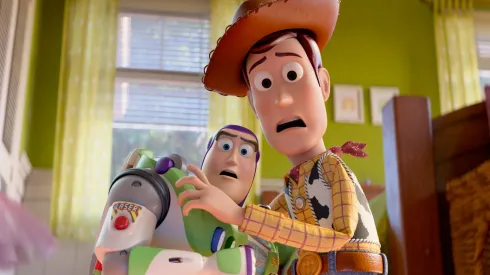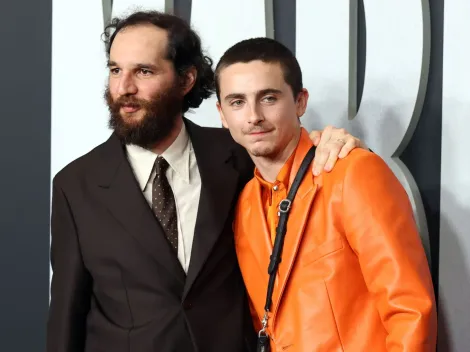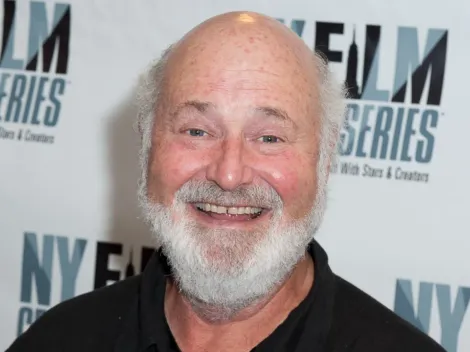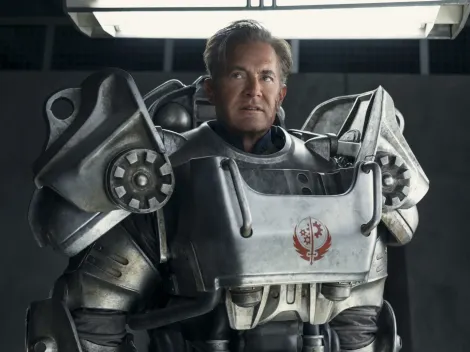Before Toy Story 5 takes audiences back to the world of talking toys and bittersweet nostalgia, animation fans find themselves standing at a fascinating crossroads — one where artistry, emotion, and storytelling continue to evolve beyond what Pixar first imagined.
Animated cinema has moved from the playroom to the profound, offering stories that resonate far beyond age or genre. Each film in this realm carries its own pulse — hand-drawn dreams, stop-motion wonders, and digital marvels that redefine what “animated” truly means.
Spirited Away (2001)

(Source: IMDb)
Before Pixar taught toys to feel, Studio Ghibli taught spirits to dream. Hayao Miyazaki’s masterpiece blends the surreal and the spiritual in a fable that’s both deeply human and utterly otherworldly. Through Chihiro’s journey into a realm of gods, greed, and transformation, the film explores identity and innocence with painterly grace. Every frame breathes; every detail feels alive — proof that animation can be poetry in motion.
Up (2009)

(Source: IMDb)
Few films capture the ache of growing old and the thrill of discovery quite like Up. Pixar’s tale of Carl Fredricksen’s floating house is both whimsical and profoundly human. Its famous opening montage — a silent hymn to love and loss — remains one of cinema’s most devastating sequences. What follows is a soaring adventure across the skies, filled with talking dogs, jungle dreams, and the reminder that new beginnings can arrive when we least expect them.
Kubo and the Two Strings (2016)
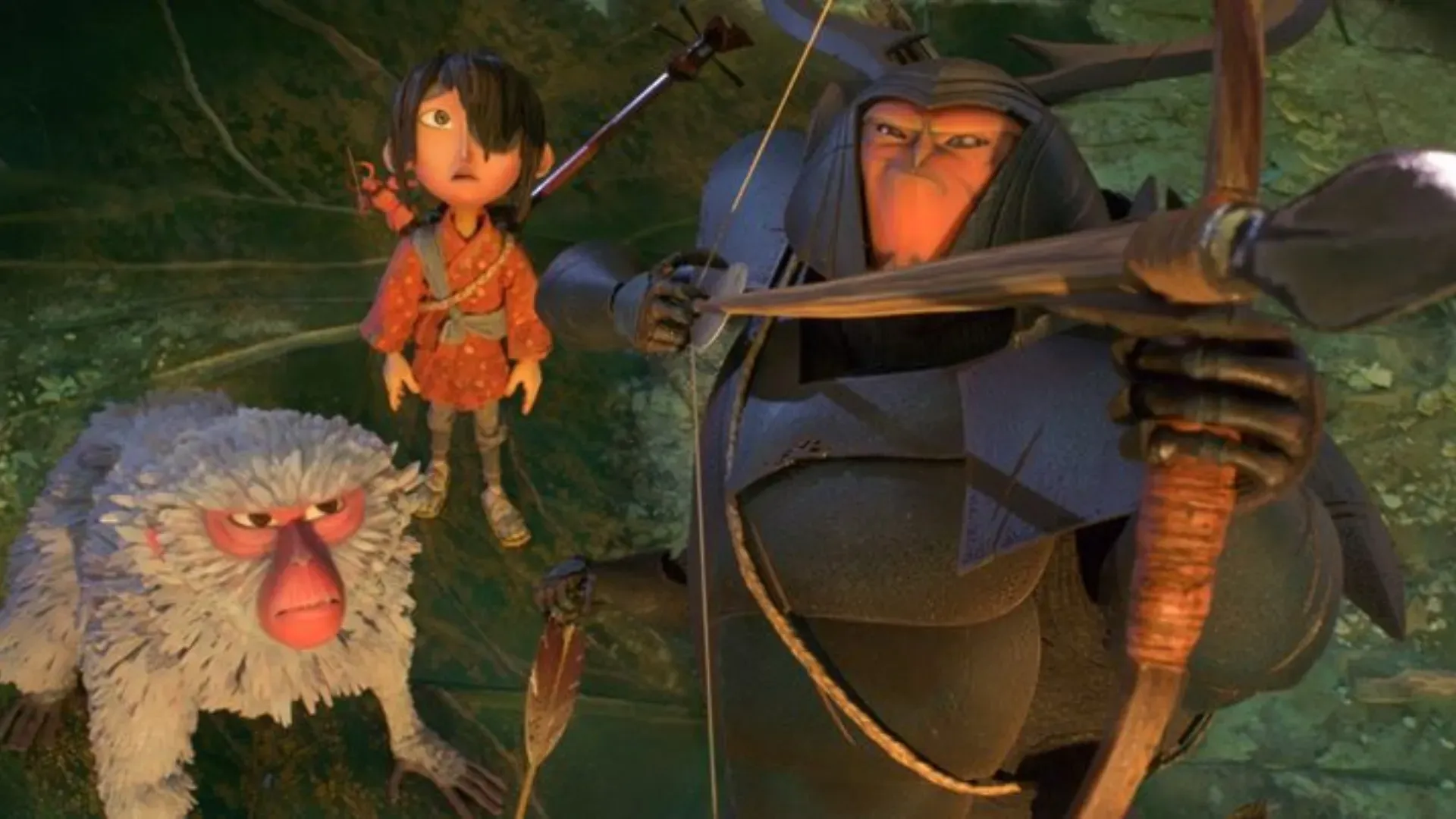
(Source: IMDb)
Laika’s stop-motion epic is as tactile as it is transcendent. Set in a mythic Japan, Kubo and the Two Strings weaves paper, memory, and music into a story about legacy and the courage to remember. Its handcrafted detail and emotional precision create a world that feels both ancient and alive — an art form meeting myth in perfect harmony.
Spider-Man: Into the Spider-Verse (2018)

(Source: IMDb)
A revolution disguised as a superhero movie. Into the Spider-Verse shattered conventions of comic-book storytelling with its kaleidoscopic animation and kinetic energy. But beneath the multiversal madness lies a tender coming-of-age tale about finding one’s voice and belonging. It’s bold, fresh, and fiercely original — a cultural reset for animation and for Spider-Man himself.
The Tale of the Princess Kaguya (2013)

(Source: IMDb)
Delicate as ink on rice paper, Isao Takahata’s The Tale of the Princess Kaguya is an elegy to impermanence. Based on a 10th-century folktale, the film unfolds with quiet grace, its hand-drawn brushstrokes pulsing with life. Kaguya’s fleeting joy and sorrow speak to the universal longing for freedom, and the pain of beauty that cannot last. It’s one of animation’s purest emotional experiences.
Ernest and Celestine (2012)

(Source: IMDb)
In a world where bears and mice live apart, an unlikely friendship becomes a quiet act of rebellion. This French watercolor gem radiates warmth, humor, and charm, offering a story that feels timeless in its simplicity. Its soft hues and gentle rhythm recall a bedtime storybook, yet beneath the sweetness lies a subtle reflection on class, prejudice, and the quiet power of compassion.
The Lion King (1994)

(Source: IMDb)
Part Shakespearean tragedy, part operatic spectacle, The Lion King remains Disney’s crown jewel. Its sweeping animation and unforgettable score blend myth and emotion into something larger than life. Simba’s arc — from innocence to loss to renewal — mirrors every cycle of growth. Decades later, the sun still rises on this African savannah, and its roar still echoes across generations.
The Breadwinner (2017)

(Source: IMDb)
Produced by the team behind The Secret of Kells, this powerful film trades fantasy for raw reality. Set in Taliban-ruled Kabul, it follows a young girl who disguises herself as a boy to support her family. The Breadwinner is a testament to courage and storytelling as survival — an example of how animation can confront darkness without losing tenderness.
The Red Turtle (2016)

(Source: IMDb)
A film without dialogue, yet full of conversation. Co-produced by Studio Ghibli and Dutch animator Michael Dudok de Wit, The Red Turtle is a meditative parable about solitude, love, and the cycles of life. Its minimalism invites reflection: every wave, every silence feels weighted with meaning. It’s less a story than a quiet breath — one that lingers long after the screen fades to blue.
Wolfwalkers (2020)

(Source: IMDb)
From Ireland’s Cartoon Saloon comes a hand-drawn howl of freedom. Wolfwalkers wraps folklore, rebellion, and nature into a luminous tapestry of line and color. In its forested world, magic and humanity coexist uneasily, echoing age-old tensions between control and wildness. With fluid, expressive animation and a fierce beating heart, it stands among the finest animated films of the 21st century.
